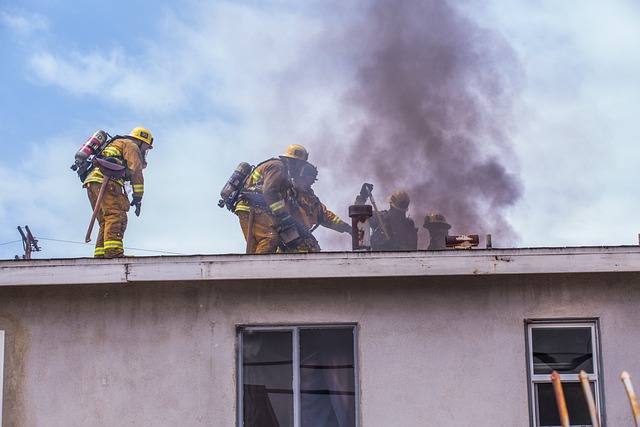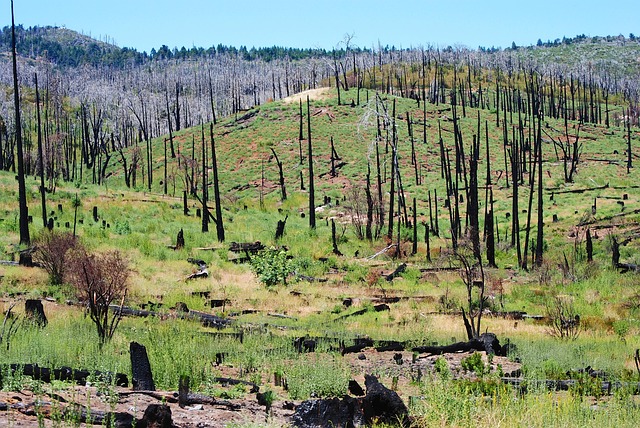Selling a fire-damaged home in California requires strict adherence to disclosure rules, designed to ensure transparency and protect buyers. Homeowners must disclose all known fire damage, including date, cause, extent, repairs made, and remediation efforts. The standardized California fire disclosure form details smoke and water damage, health hazards, and inspections outcomes. Understanding these laws and meticulously documenting damage is crucial for a successful sale, with professional guidance recommended to navigate legal and market challenges.
“In California, fire disclosure rules play a crucial role in ensuring transparency and safety for homeowners. This comprehensive guide delves into the state’s stringent regulations surrounding the disclosure of fire damage during real estate transactions. Understanding these rules is essential, especially for those looking to sell their fire-damaged properties in California.
We’ll explore who is obligated to disclose, what information needs to be shared, and provide a step-by-step guide to help you navigate the process successfully when selling your fire-damaged house.”
- Understanding California's Fire Disclosure Rules
- Who Needs to Disclose Fire Damage?
- What Information Must Be Included in the Disclosure?
- Selling Your Fire-Damaged House in California: A Step-by-Step Guide
Understanding California's Fire Disclosure Rules

In California, selling a home that has been affected by fires comes with specific disclosure rules designed to inform potential buyers about any structural or safety issues. These regulations are in place to ensure transparency and protect buyers’ interests during real estate transactions. When a property has sustained fire damage, the seller must disclose this information in writing to all interested parties. This includes providing details about the extent of the damage, the cause, and whether any necessary repairs have been made or are planned.
For homeowners looking to sell their fire-damaged properties, understanding these disclosure rules is crucial. Failure to comply can lead to legal repercussions and may even affect the sale’s progress. It’s important to consult with a real estate professional who is well-versed in California’s specific laws regarding fire disclosures. They can guide sellers on the necessary steps to ensure a smooth sale when dealing with fire-damaged homes, especially for those considering selling their properties through our current digital era.
Who Needs to Disclose Fire Damage?

In California, certain individuals and entities involved in real estate transactions have a legal obligation to disclose any known fire damage within a property. This includes homeowners, real estate agents, and brokers who are selling or transferring ownership of a residence. The primary goal of these disclosure rules is to ensure transparency and protect buyers from potential risks associated with fire-damaged properties.
When it comes to selling a fire-damaged house in California, the seller must disclose any relevant information about prior fires, including the date, extent of damage, and repairs made. This responsibility extends to revealing whether the property has been inspected by a professional and the results of those inspections. Such disclosures are crucial for buyers considering purchasing a home, especially when deciding whether to proceed with the sale or negotiate terms based on the fire damage history.
What Information Must Be Included in the Disclosure?

When selling a fire-damaged property in California, potential buyers have the right to know about any significant risks or issues that could impact their health and safety. The disclosure rules require sellers to provide comprehensive information about previous fires, including the date, cause, extent of damage, and any ongoing remediation efforts. This includes details on structural integrity, fire suppression systems, and air quality concerns.
The California fire disclosure form is a standardized document that should be completed accurately and honestly. It must include specific questions related to smoke damage, water damage from fire-fighting efforts, and any known health hazards associated with the property. Sellers must also disclose if they have been notified of any violations or potential risks by local authorities or building inspectors, ensuring complete transparency for prospective buyers considering purchasing a fire-damaged home in California.
Selling Your Fire-Damaged House in California: A Step-by-Step Guide

If you’re considering selling your fire-damaged house in California, it’s important to understand the process and the specific disclosure rules involved. The first step is to assess the damage done by the fire. Document all losses, including structural damages, as well as any personal belongings that were affected. This will be crucial when dealing with potential buyers and insurance claims.
Next, familiarize yourself with California’s Fire Disclosure laws. Per the state’s guidelines, you must disclose any known pre-existing conditions related to fire safety or damage. This includes revealing if your home was built before 1978 (when certain fire safety standards changed), as well as any previous fires and associated repairs. Be transparent throughout the process; buyers will appreciate honesty and it could help avoid legal issues in the future. When preparing to sell, make sure all necessary repairs are made to bring your home up to current building codes. This not only increases its value but also ensures a smoother selling experience.
California’s fire disclosure rules are designed to ensure transparency and protect homebuyers. Understanding these regulations is crucial for anyone looking to sell a fire-damaged property in the state, especially when navigating the process of selling your fire-damaged house in California. By following the step-by-step guide provided, you can effectively disclose potential fire damage, fostering trust with buyers and enhancing the chances of a successful sale. Remember, honest and comprehensive disclosure is key to avoiding legal issues and facilitating a smooth transaction.






